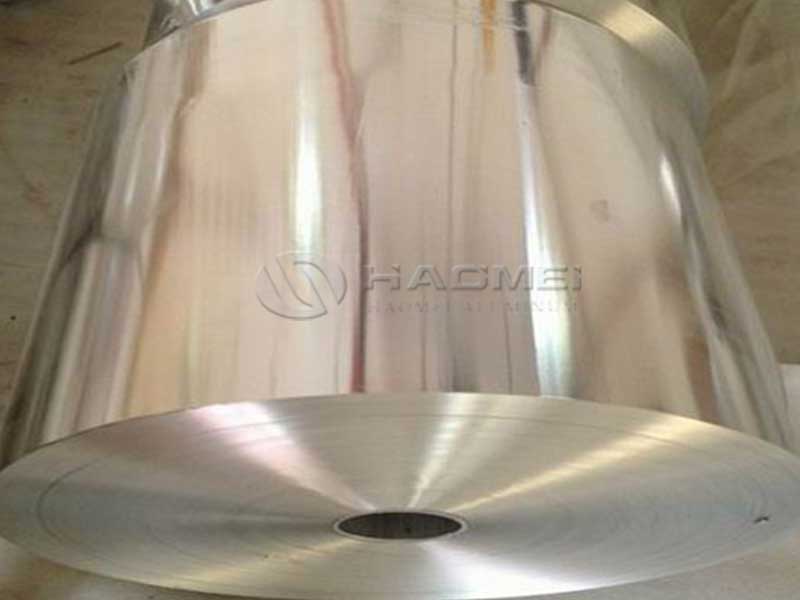Colorful aluminum foil
Aluminum foil has long been a staple in packaging and insulation, but the evolution of colorful aluminum foil marks a significant leap not just aesthetically, but technologically. From food packaging to decorative applications, this foil adds functional value alongside vibrant hues.
What Makes Aluminum Foil Colorful?
At its core, aluminum foil is composed primarily of an aluminum alloy with trace elements. Adding color is far more than surface paint — it involves sophisticated processes like anodizing or heat-resistant casting coatings. The color bonds chemically and physically with the foil surface, ensuring durability and retention through typical handling and heat exposure.
Alloy Composition and Chemical Properties
Generally, colorful aluminum foils are crafted from the 1xxx aluminum alloy series (minimum 99% aluminum), prized for purity, ductility, and corrosion resistance. According to the widely referenced standards such as ASTM B479 and GB/T 3180, the typical chemical composition in percentages is:
| Element | 1xxx Series Aluminum Alloy (e.g., 1235) |
|---|---|
| Aluminum (Al) | 99.00% Min |
| Iron (Fe) | ≤ 0.50% |
| Silicon (Si) | ≤ 0.45% |
| Copper (Cu) | ≤ 0.05% |
| Manganese (Mn) | ≤ 0.05% |
| Zinc (Zn) | ≤ 0.05% |
Such purity allows for exceptional thermal and electrical conductivity, making it an ideal platform for anodizing—or dip coating with metal oxides—that imbue color while enhancing corrosion resistance.
Temper and Thickness: Performance Parameters
The tempering of colorful aluminum foil involves controlling the foil’s mechanical and structural condition post-rolling:
- H14 or M-H14 Temper: A strain-hardened condition suited for colorful foils which require moderate stiffness without brittleness.
- Thickness Range: Typically between 6μm to 12μm, where thickness control is vital for printing vibrancy and foldability.
- Width and Length: Customizable per standard roll specifications, but industry norms operate around 100 to 900 mm in width.
Adherence to implementation standards such as AAALRS (Alloy Aluminum Alloy Laminating Rolling Stock) ensures that each foil sheet maintains uniform thickness, smoothness, and colorfastness.
Manufacturing Process From Casting to Coloring
- Casting and Rolling: The aluminum ingots undergo hot and cold rolling to reduce thickness while controlling microstructure.
- Surface Preparation: The foil is chemically cleaned and brightened using controlled etching solutions so colors adhere uniformly.
- Color Application: Techniques like anodizing—with electrolytic oxidation creating a porous oxide film—and PVD (Physical Vapor Deposition) layering introduce vibrant, wear-resistant colors.
- Finishing: The foil is tempered and cut to size, undergoing quality tests to gauge color consistency, adhesion, and mechanical properties.
Why Does Chemistry Matter in Colorful Foil?
The interaction of alloy elements, oxide layer thickness, and minimal impurities dictate how vividly and durably colors apply and retain:
- Alloy Purity: Copper Restrictions (≤0.05%) prevent discoloration especially under heat exposure.
- Iron and Silicon Levels: Control brightness and contribute directly to surface finish quality.
- Rigid Temper: Eases lamination processes when used in multi-layer packaging alongside PET or paper substrates.
Application Insights
- Food Packaging: Colored direct pastel hues or metallic finishes enhance brand appeal. Colorful foils are often compliant with safety standards per FDA and GB 15163 regarding direct food contact.
- Gift Wrapping and Crafting: Shine and color longevity is paramount; tamper resistant to cracking upon folding thanks to tempering.
- Heat Insulation and Decoration: Reflects specific wavelengths aiding thermal management alongside aesthetic demands such as retail product displays.






